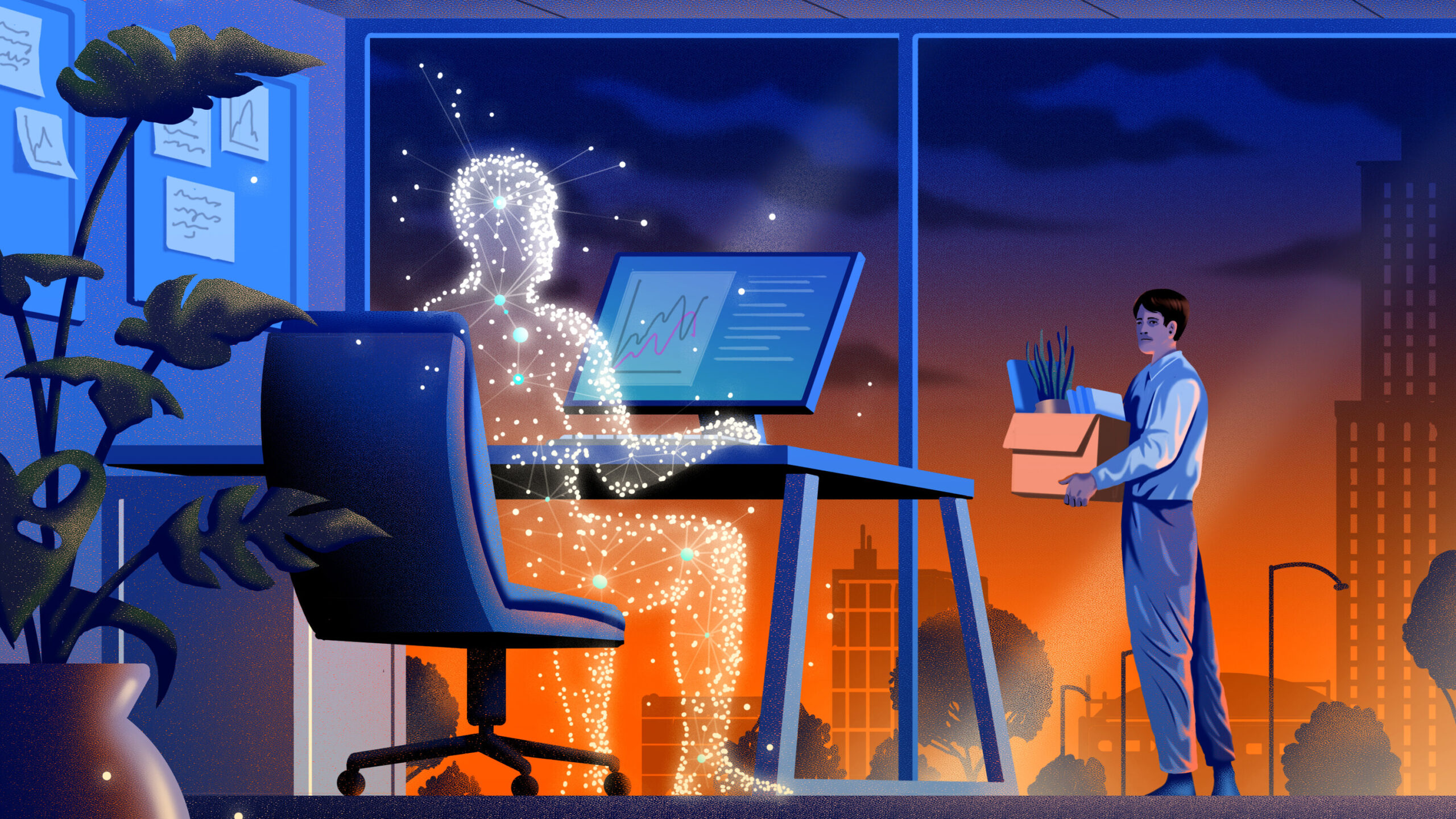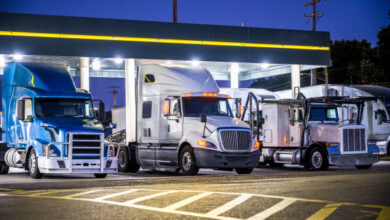Technology is Revolutionizing Office Check-Ins: A Comprehensive Exploration

The modern workplace is undergoing a profound transformation, and one of the most notable changes is how employees and visitors check in at the office. Traditional sign-in sheets and manual processes are rapidly being replaced by advanced technologies that enhance security, efficiency, and the overall visitor experience. In this comprehensive guide, we will delve into the world of office check-in solutions, exploring the latest technologies, their benefits, challenges, and their impact on the future of work.
Chapter 1: The Changing Landscape of Office Check-Ins
1.1 The Traditional Office Check-In
Historically, office check-ins involved paper sign-in sheets, visitor badges, and manual registration processes that were time-consuming and prone to errors.
1.2 The Need for Transformation
The rise of flexible work arrangements, the importance of security, and the demand for a seamless visitor experience have driven the need for innovative office check-in solutions.
1.3 The Role of Technology
Technology is at the forefront of this transformation, offering smart solutions that streamline the check-in process while enhancing security and data accuracy.
Chapter 2: Key Technologies in Modern Office Check-Ins
2.1 Visitor Management Systems (VMS)
VMS platforms offer a digital alternative to paper sign-in sheets, providing features like pre-registration, automated notifications, and badge printing.
2.2 Contactless Check-In
Contactless technologies, including QR codes, mobile apps, and NFC, minimize physical touchpoints, reducing the risk of contagion.
2.3 Facial Recognition
Facial recognition systems provide fast and secure check-in experiences by verifying visitors’ identities through facial biometrics.
Chapter 3: Benefits of Modern Office Check-In Solutions
3.1 Enhanced Security
Advanced check-in technologies bolster security by accurately verifying the identities of visitors and employees.
3.2 Improved Efficiency
Streamlined check-in processes save time for both visitors and reception staff, leading to increased workplace productivity.
3.3 Real-Time Data
Digital check-in systems capture valuable data, including visitor logs, entry and exit times, and compliance information.
Chapter 4: Challenges and Concerns
4.1 Privacy Concerns
The collection of visitor data, especially biometric information, raises privacy and consent issues that require careful management.
4.2 Data Security
Protecting visitor information from data breaches and unauthorized access is a paramount concern in modern office check-in systems.
4.3 Integration Challenges
Integrating new check-in technologies with existing office systems can be complex and may require technical expertise.
Chapter 5: Use Cases and Applications
5.1 Corporate Offices
Corporate environments benefit from advanced check-in solutions by enhancing security for employees and confidential information.
5.2 Coworking Spaces
Flexible workspaces use digital check-in to manage a dynamic flow of members and visitors efficiently.
5.3 Healthcare Facilities
Hospitals and clinics utilize smart check-in systems to ensure accurate patient records and efficient appointment management.
Chapter 6: The Future of Office Check-Ins
6.1 Artificial Intelligence (AI)
AI-driven check-in systems will become more sophisticated, with the ability to recognize and respond to visitor behavior.
6.2 Predictive Analytics
Predictive analytics will allow organizations to anticipate visitor patterns and optimize resources accordingly.
6.3 Touchless Environments
Office spaces will increasingly adopt touchless technologies for check-ins, from voice-activated systems to gesture recognition.
Chapter 7: Ethical and Legal Considerations
7.1 Privacy Regulations
Compliance with data privacy laws like GDPR and CCPA is crucial, requiring transparent data handling and consent processes.
7.2 Biometric Data
The use of facial recognition and other biometric data in office check-ins necessitates strict ethical guidelines and regulatory oversight.
7.3 Discrimination and Bias
AI-driven systems must be continuously monitored to prevent biases or discriminatory outcomes during the check-in process.
Chapter 8: Implementing Modern Office Check-Ins
8.1 Assessing Needs
Organizations must evaluate their unique requirements, including security levels, visitor volumes, and integration capabilities.
8.2 Staff Training
Proper training for reception staff and employees is essential for a smooth transition to new check-in technologies.
8.3 User Experience
Designing a user-friendly check-in process is critical to ensuring both visitors and employees feel comfortable with the technology.
Chapter 9: Case Studies
9.1 Company A: Streamlining Visitor Management
Company A implemented a VMS that reduced visitor check-in times by 50%, improving overall workplace efficiency.
9.2 Company B: Enhancing Security with Facial Recognition
Company B enhanced office security by implementing a facial recognition system that accurately verified employee and visitor identities.
9.3 Company C: Touchless Check-Ins for Health and Safety
Company C adopted contactless check-in technologies to comply with health and safety regulations during the COVID-19 pandemic.
Chapter 10: Conclusion
The evolution of office check-ins through technology is a testament to the adaptability and innovation of the modern workplace. While these advancements offer numerous benefits, they also come with ethical responsibilities and regulatory challenges that must be addressed. As we move forward, the integration of technology into office check-ins will continue to shape the way we work and interact with our workplaces, fostering efficiency, security, and a more seamless visitor experience.



